Preparing kids for kindergarten is much simpler than it sometimes seems! Focus on four development areas and do these easy activities with your child.
*We use affiliate links and may earn commission from purchases made through those links. All opinions are my own.
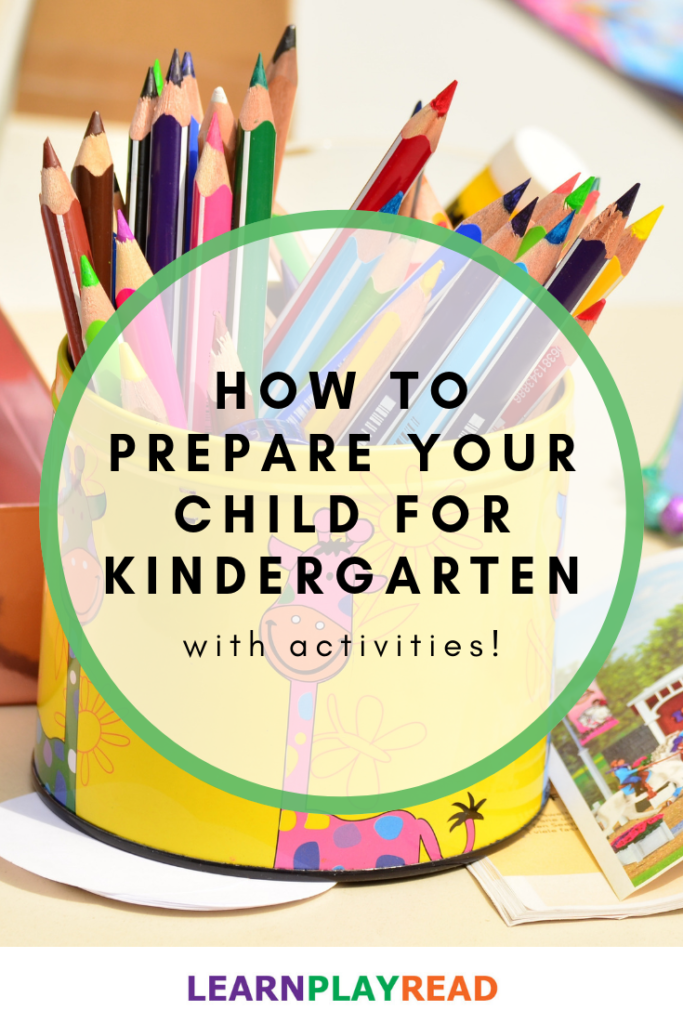
Social and Emotional Development
Discussion Prompts
Talking about kindergarten and what it will be like is one of the best ways to prepare your child. Discussions with your child will give them an opportunity to ask questions and share fears and/or excitement. Here are some of the things we discuss before kindergarten:
Preschool Similarities
If your child attended preschool, talk about how kindergarten will be like preschool. For example, your child had a teacher or teachers at preschool that taught them new things. The same happens in kindergarten! In preschool, the child made friends. They’ll get to do the same thing in kindergarten! In preschool, the child was dropped off at school and then, when the day was over, he/she got to go home. The same happens with kindergarten! Think about all of the things your child liked about preschool and tell them how those things will be in kindergarten.
For kids who did not attend preschool, you can talk about how kindergarten will be similar to attending classes at the park district or programs at the library. For example – at the library, the child got to read books and make crafts with a librarian. In kindergarten, the child will have a teacher who will read books and make crafts with him/her too!
Kindergarten Daily Schedule
Talk with your child about what a day will look like in kindergarten:
Arrival: is the child taking the bus, walking with an older sibling or friend, or getting dropped off in a car
In the classroom: what the teacher does (helps the child learn new things); how to ask questions (raise hand); following directions (directions are to keep the child safe); making friends (introducing yourself, sharing something you like, and asking the new friend what he/she likes); lunchroom rules
Leaving at the end of the day: will the child walk home, take the bus, or get picked up in a car
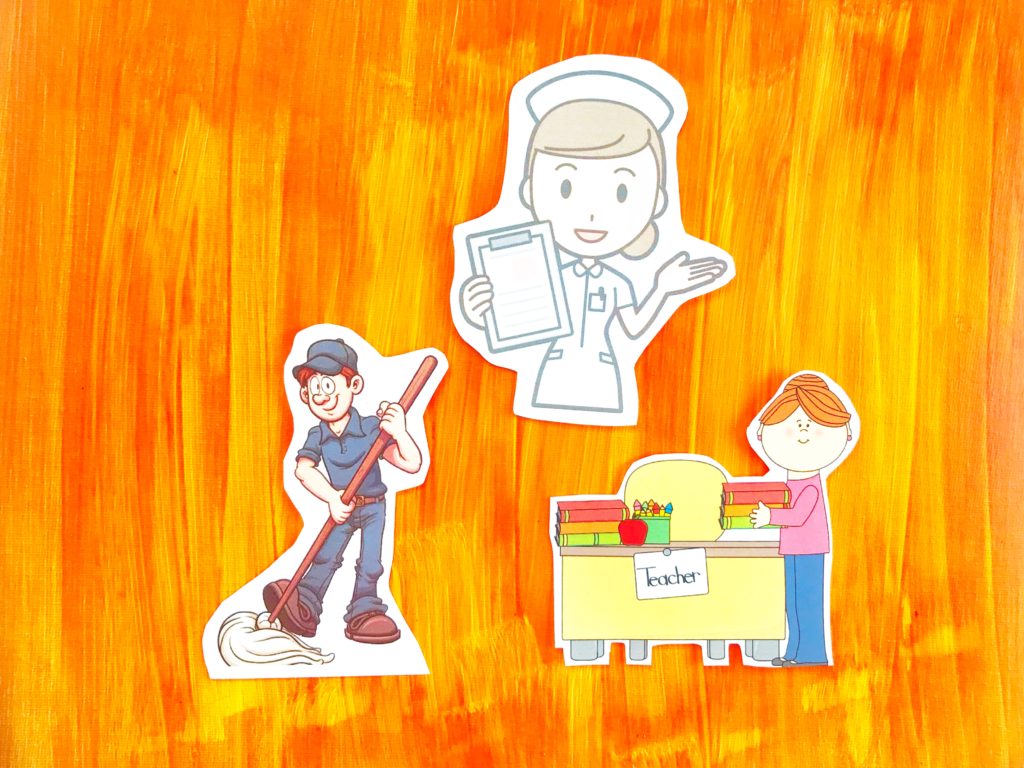
School Helpers
Discuss with your child the helpers they will encounter at school, such as the school nurse, office workers, janitor, and librarian.
Activities
Recognize Emotions
To recognize emotions in themselves and in others, children need to practice. Using pictures from the internet or storybooks, ask your child what emotion a person may be feeling based on his/her face. Ask why the person may be feeling that way and if the child has ever had that emotion. Ask the child what makes him/her feel that way. Have the child show you what other facial expressions may also express the same emotion.
Read The Kissing Hand by Audrey Penn

The BEST book for sending kids off to kindergarten. We use a rubber heart stamp to stamp on the children’s hands, so they remember that somebody at home loves them very much – even when he/she is in school.
Practice Making Friends
Making friends does not always come naturally. Teach your child how to make friends:
Introduce yourself: Hi, my name is BLANK. What’s your name?
Find common interests: I like BLANK. Do you? What’s your favorite BLANK?
Simple as that!
Paint with a Partner
I love this activity because it allows children to practice following directions, as well as practice working well with somebody else:
Provide each partner (you can work with the child or he/she can do this activity with a friend or sibling) with a piece of paper and paint. Designate one person to be the leader and one child to be the follower. Set a timer for 3 minutes. The leader will paint a picture slowly, one step at a time, while the follower duplicates each step of the painting onto his own paper to make an exact replica of the leader’s painting. When the timer rings, compare the paintings: do they look the same? Switch roles and repeat.
For additional muscle strengthening, sensory benefits, and motor improvements, tape the papers to a wall.
Play Simon Says
This game allows the child to practice following directions.
Draw Pictures of Yourselves
To practice awareness of himself/herself, have the child draw a picture of himself/herself. We use markers because the kids LOVE them. Label the picture with his/her name.
Language and Literacy Skills
Activities
Sing Alphabet Song
Your child probably knows the traditional ABC songs by now, so it might be fun to introduce a new version. As much exposure to the alphabet sounds and letters as possible is very beneficial for language and literacy.
For example, we love the Alphabet Zoo song by Jack Hartmann
Match Rhyming Pictures
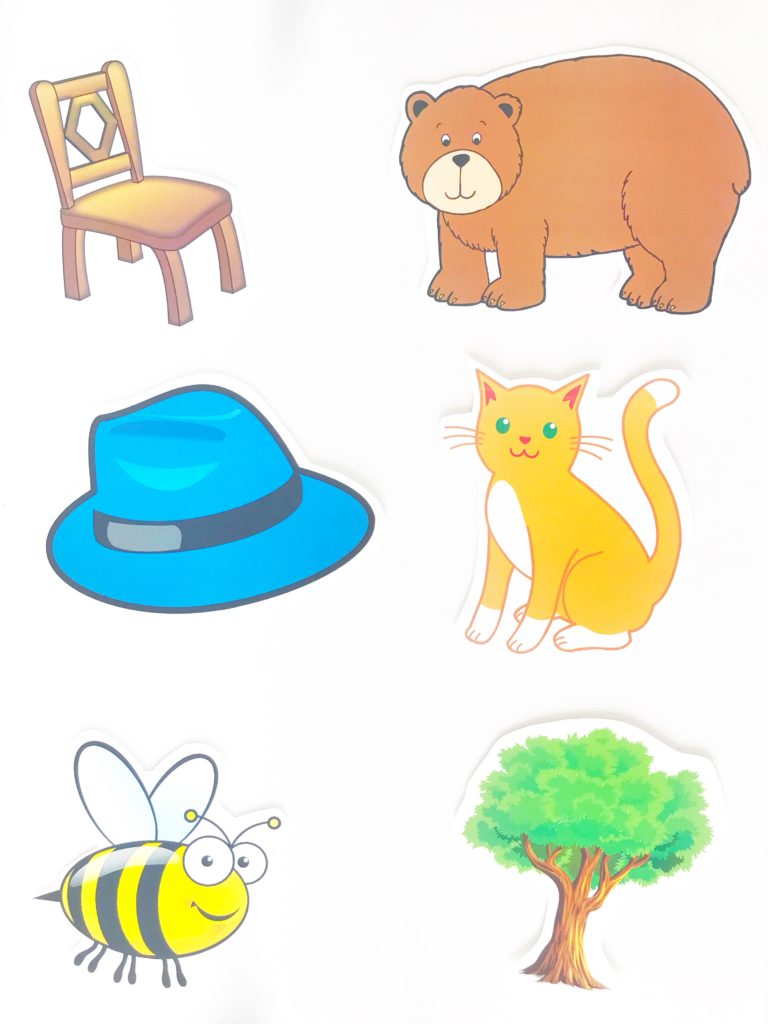
We matched these pictures of things that rhyme. You can also find things around the house that rhyme and pair them up. Even simpler, say words and find rhymes for them! For example, say BOOK and help the child come up with cook, look, nook, took! Even saying nonsense words that technically rhyme is okay!
Map Stories
I tell a story, like Jack and the Beanstalk, and show pictures during the story. After, I have the kids tell me the story using the pictures. I ask them what the beginning of the story is, what the middle is, and what the end is. I ask them about the problem in the story and how it gets solved. We talk about the story and how it is structured simply and this gets kids thinking about plot and conflict.

Playing with Craft Dough
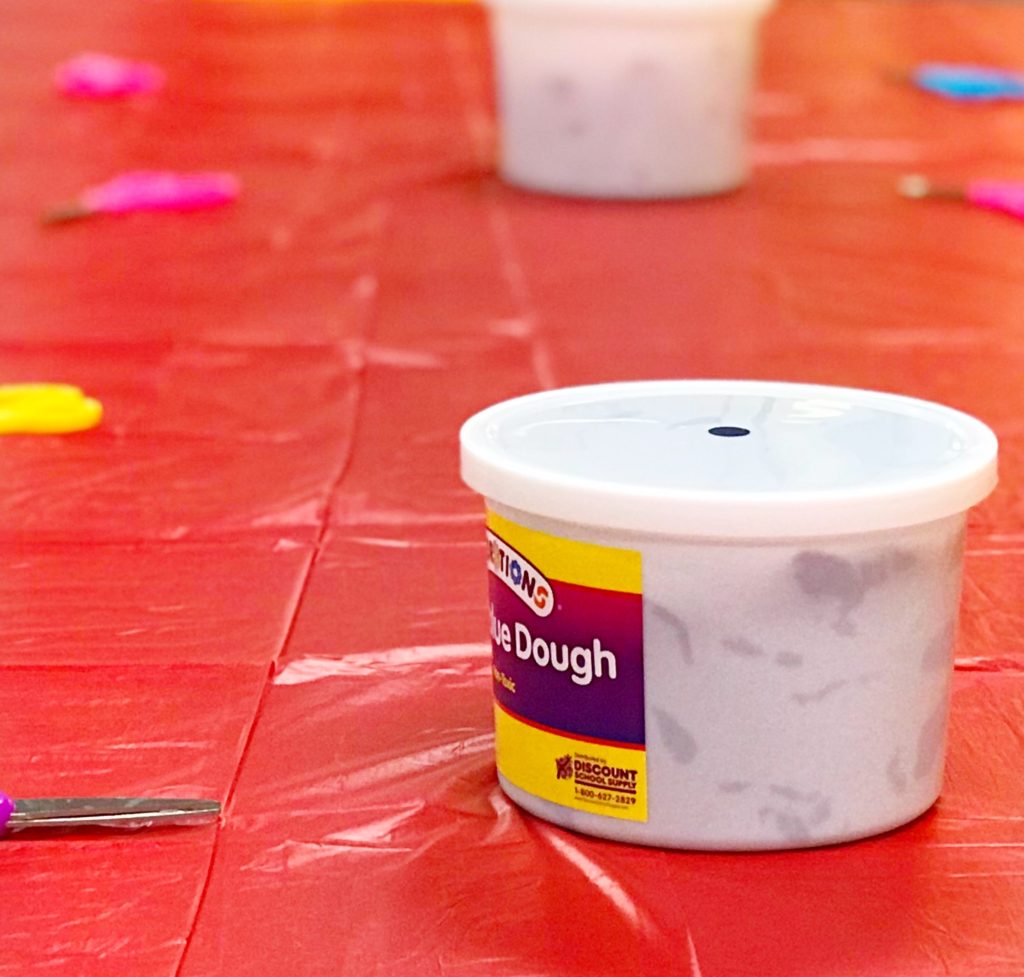
Use PlayDoh or another type of craft dough to explore letters. Print out big bubble letters and have the child fill the letters in with the craft dough. Or, purchase letter-shaped cookie cutters and play with those and the craft dough. Essentially, we’re exposing the kids to letters as much as possible.
Drawing Family Pictures
Have the child draw each of his/her family members and then help him/her label each member. Drawing helps strengthen his/her fine motor skills which is essential for learning to write. Labeling is more writing and spelling practice!
Make Collage Art with Tape
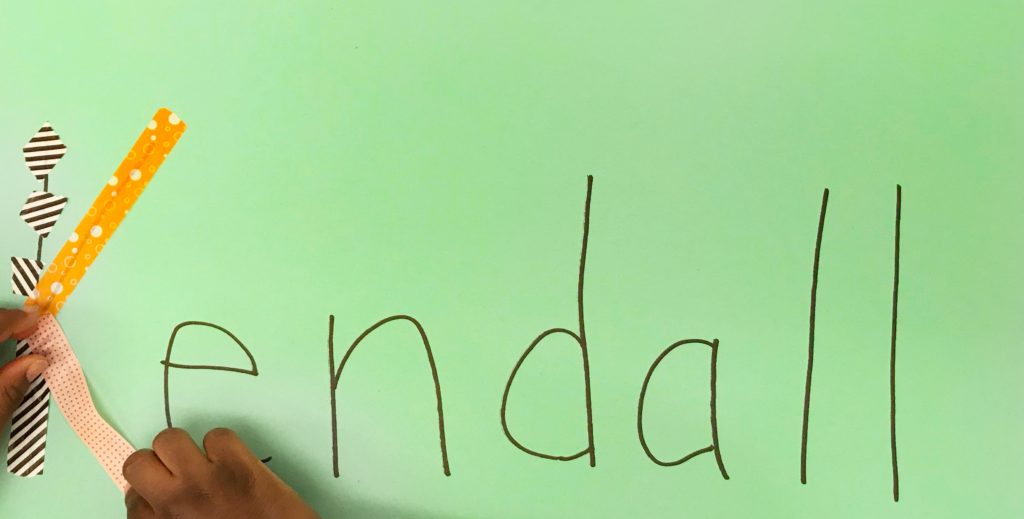
This is a FAVORITE of the kids’ activities. I use large pieces of construction paper and write each child’s first name on it in big letters. Then, I help them rip pieces of Washi tape and tell them to stick the tape over the lines of their names.
Trace Letters in Sensory Bins
Fill a shallow tray or box with sand, dry rice, or beans and ask the child to trace letters into the material using the eraser end of a pencil or a cotton swab.
Read Alphabet Books
Ask your local librarian for help if you need it, but there are TONS of alphabet picture books. Read as many as you can! Some of our favorites can be found here.
Math Skills
Activities
3D Shapes
Many children know the standard shapes going into kindergarten – circle, square, oval, diamond, triangle, rectangle, etc. But many children are not familiar with 3D shapes. Introduce these to your kids when they have the 2D shapes down.
We introduce them using this great YouTube video:
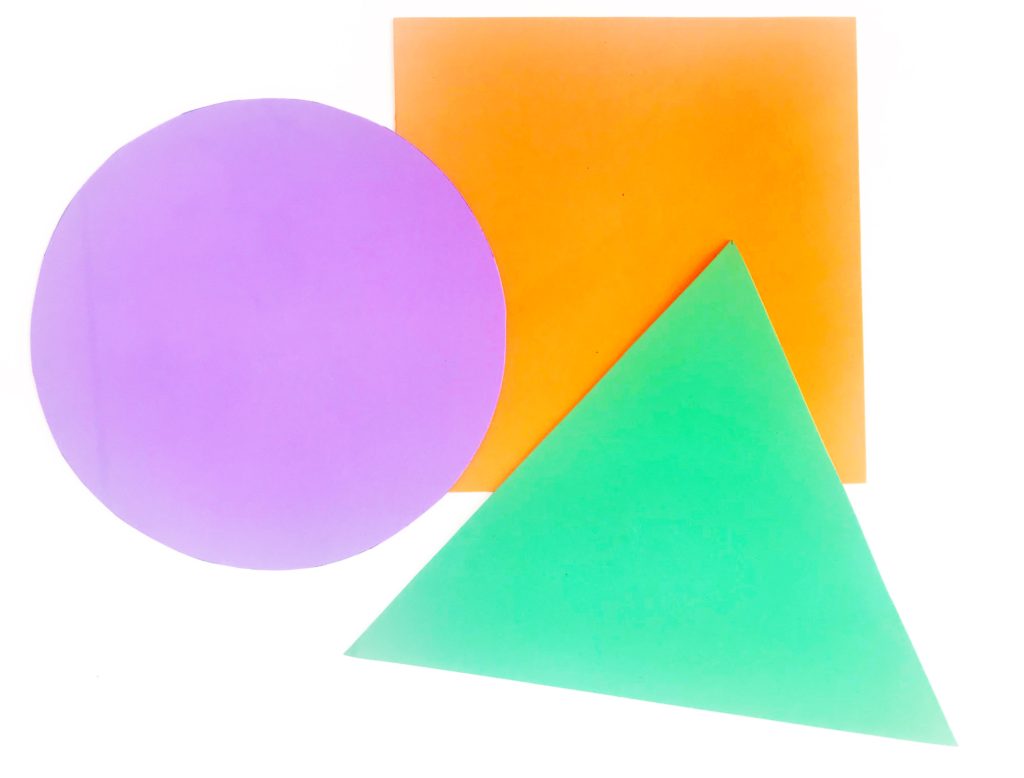
After that, I show them examples of three 3D shapes. Using craft foam, I cut out a circle, square, and triangle. Then, I grab a marker, box, and cone to show the kids how the marker is made of a circle, the box is made of squares, and the cone is made of a triangle.
Group Graphing
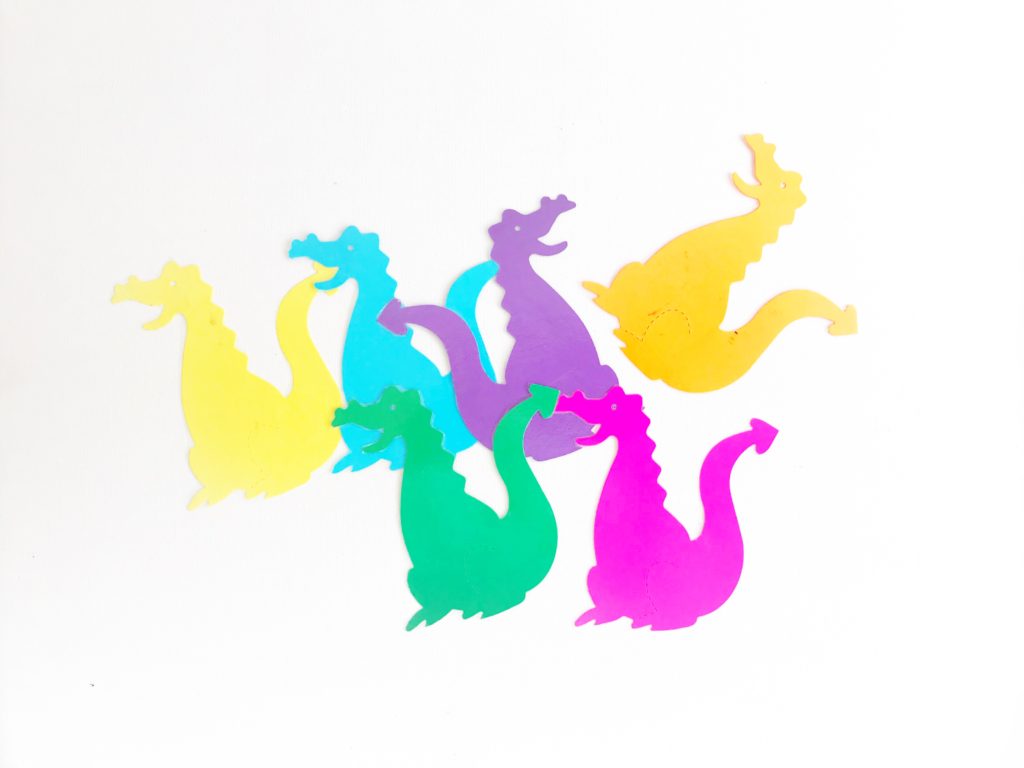
Using a giant wall graph and lots of different colored dragons, we have lots of people pick their favorite color dragon and we graph it together on the wall graph. The we talk about which color has the most and the least, and which colors are the most liked and the least liked.
Our giant wall graph has the numbers 1-6 going up the left side and then the bottom has the colors (green, yellow, blue, purple, orange, pink) going across the bottom. The kids match the color with the number. For example, the second child to put up a pink dragon would find the number 2 and the color pink and put the dragon where they intersect.
Stamp out Patterns
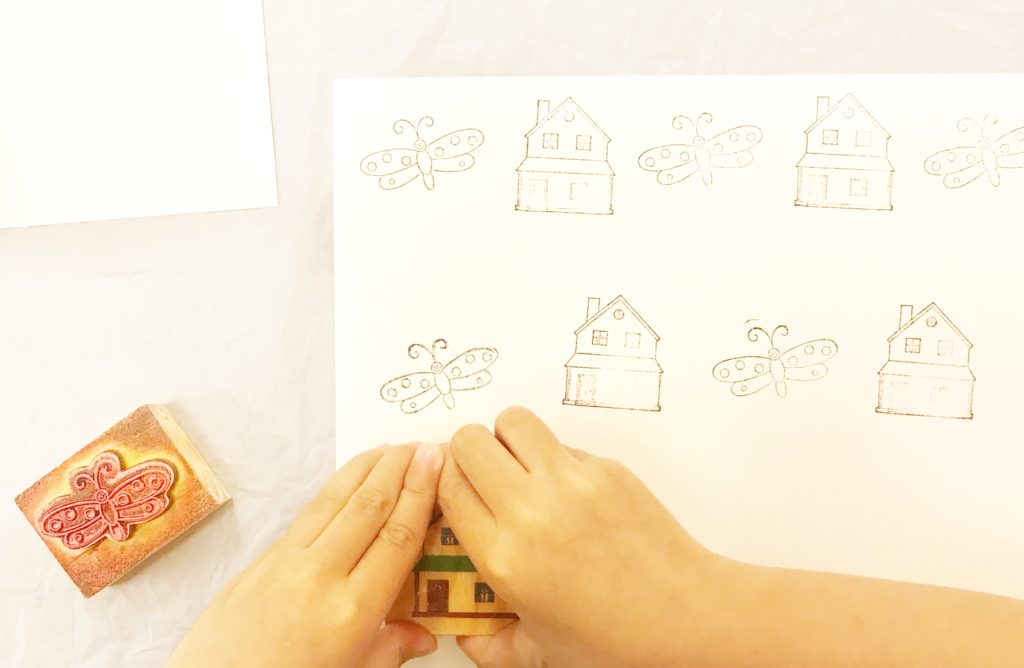
Use rubber stamps and ink pads to start a pattern for the child. Then, have them continue the pattern. The kids LOVE this activity.
Build Towers

We use giant blocks, foam blocks, small blocks – any blocks we can find – to build towers, houses, cities, whatever the child wants to build.
Play Bingo
If you have enough kids or people, play Bingo. It’s great for number recognition!
Introduce Angles
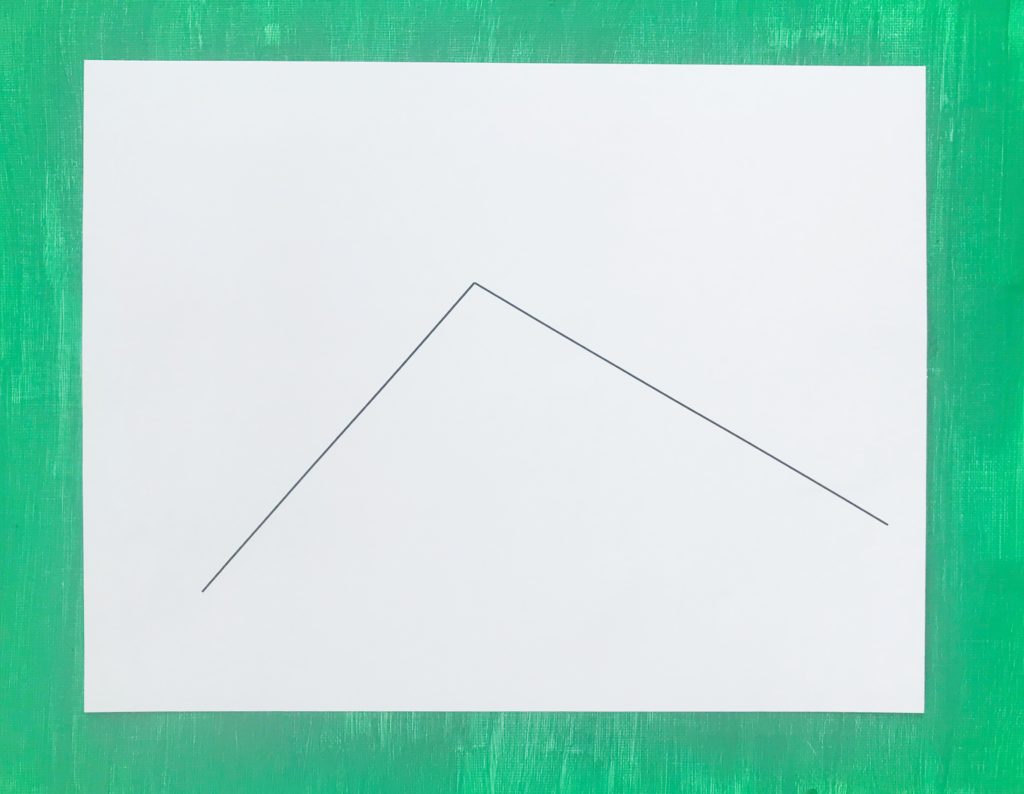
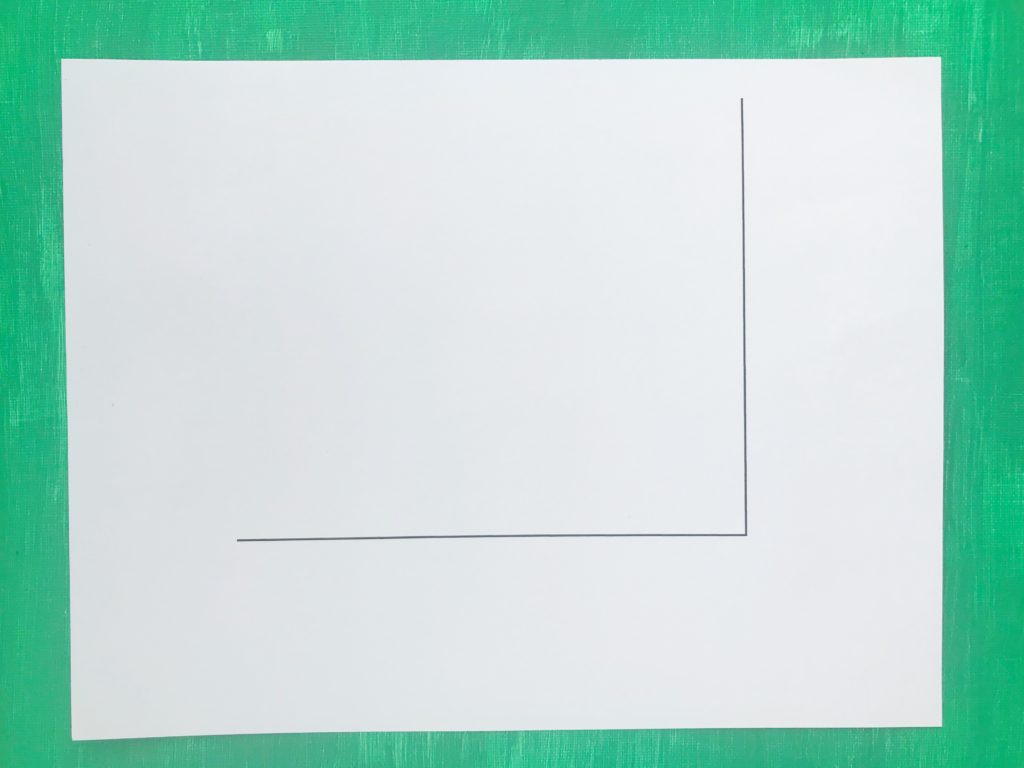
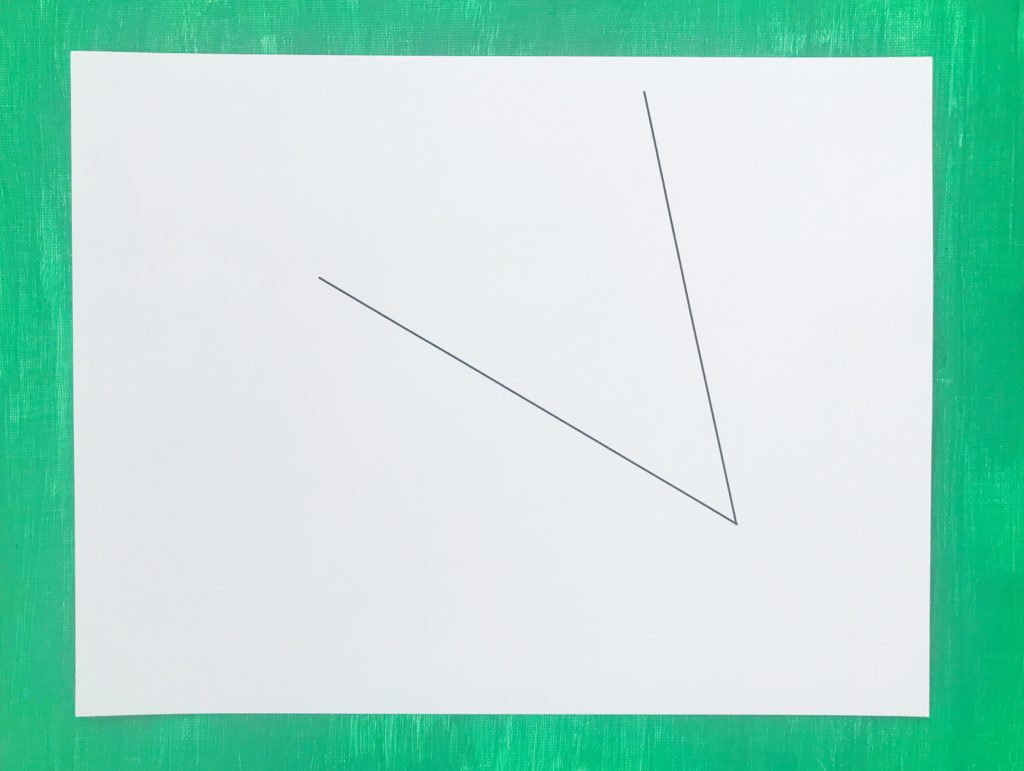
I printed out an obtuse angle, acute angle, and right angle on separate sheets of paper. Then, the kids made those angles using our bodies – using our arms, legs, and fingers. Spreading our legs only a little bit makes an acute angle and spreading our arms out really far makes an obtuse angle.
Fine and Gross Motor Skills
Discussion
Big and Small Muscles
Big movements use big muscles and small movements use small muscles. We need to exercise all of our muscles – big and small – to keep them strong.
Activities
Cut Craft Dough
The best material to practice using scissors with is craft dough or PlayDoh! The kids won’t stop and it’ll be great for improving their scissors skills! Many, many children do not know how to cut when using scissors, even though it is an essential skill to learn as preschoolers.
Make Beaded Necklaces
We used craft laces and beads to make necklaces. I can never pull the kids away from this activity!
Dance Party
Put on some music and strengthen those large muscles with a dance party!
Resources
There are so many resources available for preparing your child for kindergarten. Here are some of our favorites:
Kindergarten Concept Books
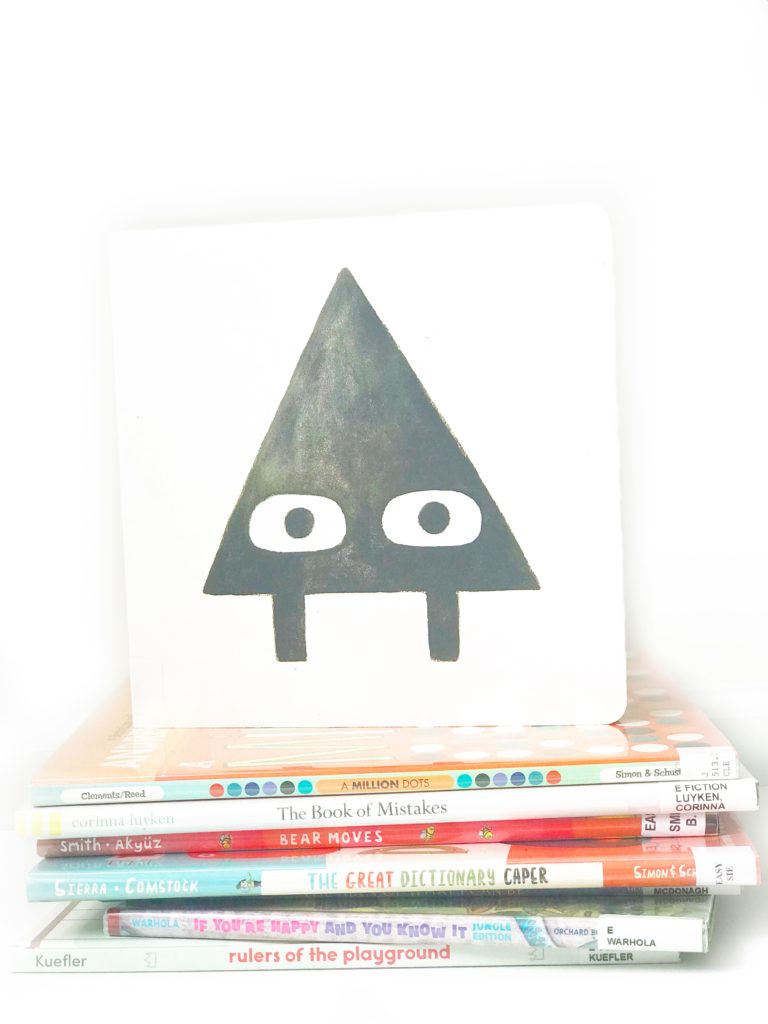
These 27 books are perfect for introducing and practicing kindergarten concepts.
Local Libraries
If you don’t already visit your local library regularly, this is a great place for preparing your child for kindergarten. The classes and books are wonderful for improving social and emotional readiness, as well as language, literacy, math, fine motor, and gross motor skills.
Kindergarten Readiness Yearly Activity Calendar
The Get Ready for Kindergarten Calendar includes twelve months of activities for you and your child as you prepare for kindergarten. If you’d like a FREE resource, try The Get Ready for Kindergarten Handbook.